Many insects look and act disgusting. Mosquitoes, for example. Few people like these blood-sucking bastards, who can drive you crazy with their squeaks at night.
However, there are insects that are not just nasty, but truly disgusting in their appearance and/or habits. These little guys the scariest insects in the worldThe list also includes some particularly nasty insects, representatives of the arachnid class.
10. Domestic centipede
 A cross between two creepy insects - spiders and centipedes. House centipedes (also known as house centipedes and common flycatchers) actually feed on spiders, bedbugs, moths, cockroaches, ants and other guests we hate in our home (people are not included in the diet).
A cross between two creepy insects - spiders and centipedes. House centipedes (also known as house centipedes and common flycatchers) actually feed on spiders, bedbugs, moths, cockroaches, ants and other guests we hate in our home (people are not included in the diet).
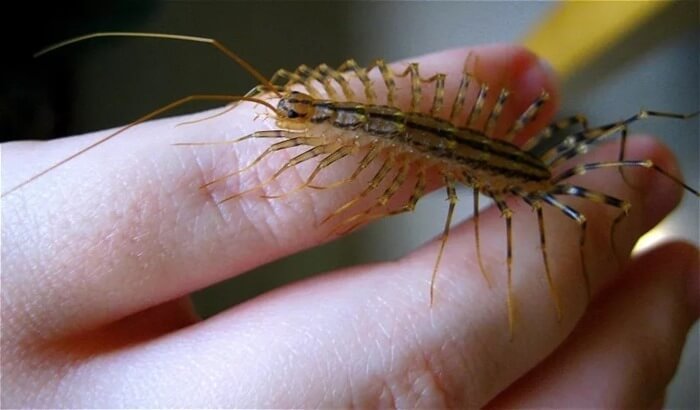
They grow up to 6 centimeters in length and are poisonous creatures. The poison (in the event that the centipede goes crazy and risks attacking a person) feels similar to a bee sting. However, it is not dangerous to life and health. And when the centipede risks becoming prey itself, it can separate its legs from its body, which were trapped.
9. Bed bug
 Most species of these tiny bloodsuckers feed on humans only when other victims are unavailable. Their bites are usually not noticeable because they bite mainly at night when we are sleeping. The neck line and jaws are especially loved by bedbugs.
Most species of these tiny bloodsuckers feed on humans only when other victims are unavailable. Their bites are usually not noticeable because they bite mainly at night when we are sleeping. The neck line and jaws are especially loved by bedbugs.
Typically, the bug will spend about 20 minutes in physical contact with its host, and after a hearty meal will not attempt to feed again until it has completed the molting process or (if an adult) has completely digested its food.
8. Ixodid tick
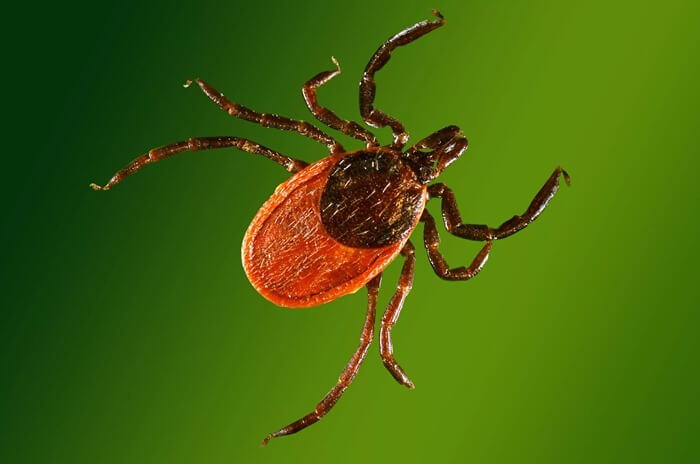 One of the nastiest and most dangerous representatives of the arachnid class has adapted to survive even in the Arctic and Antarctic. Yes, yes, ixodid ticks even live on penguins.
One of the nastiest and most dangerous representatives of the arachnid class has adapted to survive even in the Arctic and Antarctic. Yes, yes, ixodid ticks even live on penguins.
There are 650 species of ixodid ticks. However, the most common ones that bite people and animals are the dog tick (Ixodes ricinus) and the taiga tick (Ixodes persulcatus). Contrary to popular belief, ticks do not fall from trees onto inattentive travelers. They lie in wait for their victims sitting on stems and blades of grass, and with the help of claws and suckers on their paws they attach themselves to a person or animal. If necessary, the tick can move quite quickly.
7. Giant Weta

These wingless, fat-bodied cuties aren't actually that scary when compared to the previous entries on the list of the most disgusting insects on Earth. But if you were to stumble upon something this big while hiking, I bet you'd squeal. These members of the genus Deinacrida are found in New Zealand and can grow to be three times the size of a regular mouse, making them one of the largest insects in the world.
 In 2011, the largest officially recorded weta weighed 71 grams. For some reason, the discoverer decided to feed the insect a carrot. Pretty cute and very, very weird.
In 2011, the largest officially recorded weta weighed 71 grams. For some reason, the discoverer decided to feed the insect a carrot. Pretty cute and very, very weird.
6. Antlion larva
 These insects got their name from the appearance and lifestyle of the larvae. They have a short, wide abdomen and powerful sickle-shaped jaws with canals through which they suck out their prey.
These insects got their name from the appearance and lifestyle of the larvae. They have a short, wide abdomen and powerful sickle-shaped jaws with canals through which they suck out their prey.
These nasty-looking little creatures live in the sand, in craters that are 5 centimeters deep and 8 centimeters in diameter. In the center of the crater sits its owner, with its jaws out, and waits for its prey. Usually these are ants and various arthropods. If the victim manages to get out of the crater, the antlion larva begins to throw sand at it, using sharp movements of its head. From such a sand attack, the victim is often knocked off its feet and falls back to the bottom of the crater. After which it is sucked out and the larva simply throws the unnecessary chitinous exoskeleton out of its home.
5. Kissing bug
 Imagine someone with a needle in their face. They inject venom through the needle and then suck out the victim's liquefied insides through the same needle. Now imagine that such a creature is real. And it's called the kissing bug or triatomine bug.
Imagine someone with a needle in their face. They inject venom through the needle and then suck out the victim's liquefied insides through the same needle. Now imagine that such a creature is real. And it's called the kissing bug or triatomine bug.
 Some species of kissing bugs disguise themselves with the remains of dead insects, which form a very effective camouflage. And one of the most disgusting insects in the world earned its name because it likes to bite sleeping people in the soft tissue around the lips and eyes. Fortunately, you are unlikely to encounter them unless you are planning to travel to the American tropics, Mexico or Central America.
Some species of kissing bugs disguise themselves with the remains of dead insects, which form a very effective camouflage. And one of the most disgusting insects in the world earned its name because it likes to bite sleeping people in the soft tissue around the lips and eyes. Fortunately, you are unlikely to encounter them unless you are planning to travel to the American tropics, Mexico or Central America.
4. Camel spider
 One of the largest spiders in the world is not only nasty looking, but also has very powerful jaws that can bite through a human fingernail. In South Africa, camel spiders are called "barbers" because of the belief that they use their jaws to cut the hair of people and animals and then line their underground burrows with it. Would you make an appointment with such a hairdresser? I certainly wouldn't.
One of the largest spiders in the world is not only nasty looking, but also has very powerful jaws that can bite through a human fingernail. In South Africa, camel spiders are called "barbers" because of the belief that they use their jaws to cut the hair of people and animals and then line their underground burrows with it. Would you make an appointment with such a hairdresser? I certainly wouldn't.
3. Cockroach
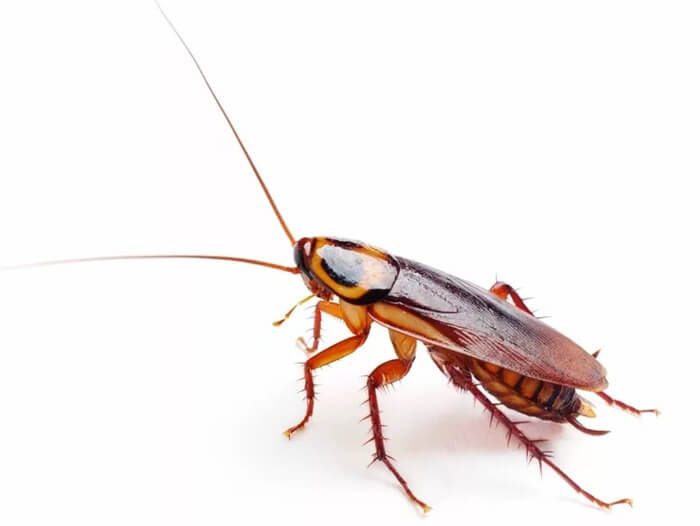 They hide in dark corners and creep in the darkness on all their hairy legs. Through our kitchen! Through the food!
They hide in dark corners and creep in the darkness on all their hairy legs. Through our kitchen! Through the food!
They are fast, omnivorous (they even eat paper, leather and gouache) and adapt perfectly to any conditions of existence. When threatened with being crushed by a slipper, a cockroach can run 22 cm - about 50 lengths of its body - per second. This is similar to a person running at a speed of 330 kilometers per hour. Perhaps in the case of a nuclear apocalypse, when some go to heaven and others simply die, cockroaches will survive. A nasty prospect, right?
2. Japanese giant hornet
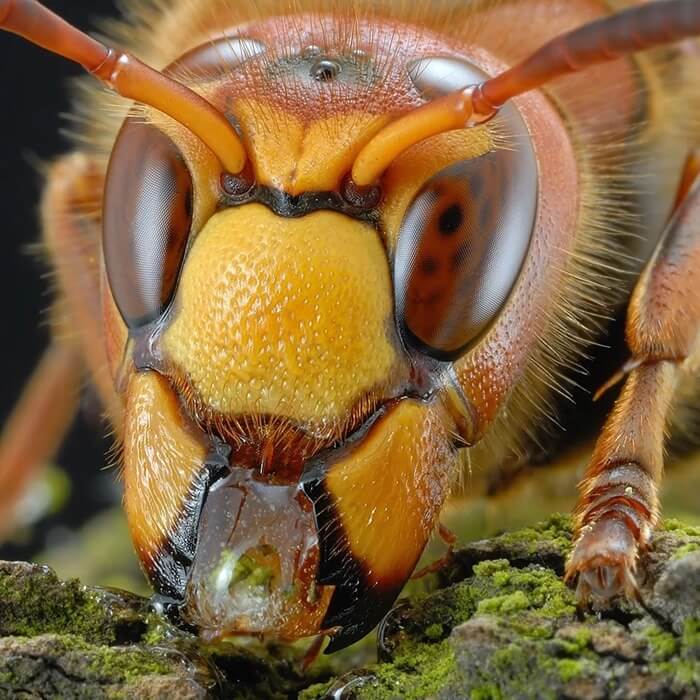 These ferocious winged devils can grow up to 4 centimeters in length, with a wingspan of up to 6 centimeters. Their huge 6-millimeter sting injects venom that is not only extremely painful, but can also attack the nervous system.
These ferocious winged devils can grow up to 4 centimeters in length, with a wingspan of up to 6 centimeters. Their huge 6-millimeter sting injects venom that is not only extremely painful, but can also attack the nervous system.
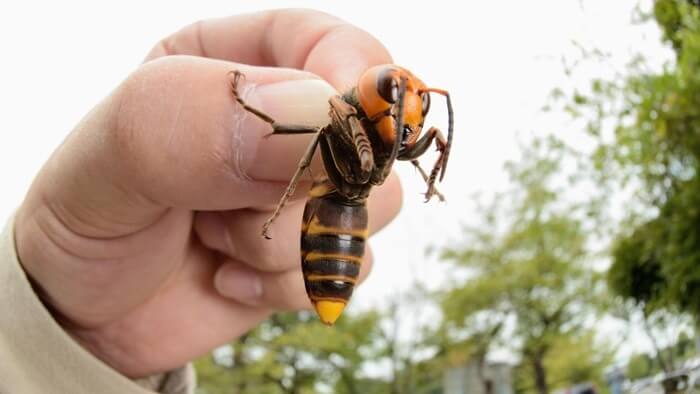 Huge hornets fly at speeds of up to 40 km per hour and over distances of up to 100 km, so do not try to escape from these insects - you will lose.
Huge hornets fly at speeds of up to 40 km per hour and over distances of up to 100 km, so do not try to escape from these insects - you will lose.
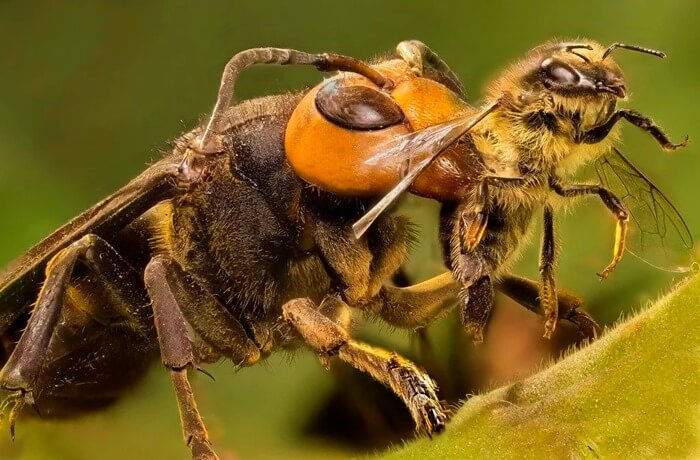 Japanese giant hornets are known for their aggressiveness and fearlessness, especially towards European honeybees, which are often kept by Japanese farmers. If a hornet stumbles upon a hive, it will mark it with pheromones so that other hornets in the area will be aware of its presence. Then the slaughter begins. The hornets dismember the defenseless bees with their sharp mandibles. One hornet can kill about 40 bees per minute!
Japanese giant hornets are known for their aggressiveness and fearlessness, especially towards European honeybees, which are often kept by Japanese farmers. If a hornet stumbles upon a hive, it will mark it with pheromones so that other hornets in the area will be aware of its presence. Then the slaughter begins. The hornets dismember the defenseless bees with their sharp mandibles. One hornet can kill about 40 bees per minute!
1. Malaysian Assassin Bug
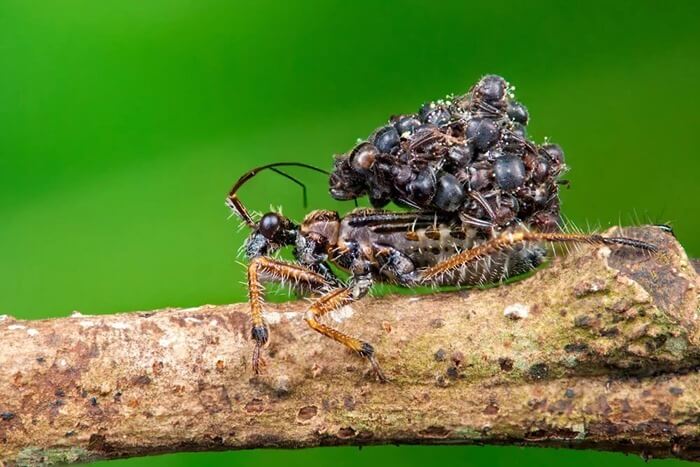 There are many different species of so-called assassin bugs (within the family Reduviidae), some of which can transmit dangerous diseases to humans, such as Chagas disease.
There are many different species of so-called assassin bugs (within the family Reduviidae), some of which can transmit dangerous diseases to humans, such as Chagas disease.
 These insects earned their nickname because they attack quickly and mercilessly. They puncture their prey with their proboscis and inject it with an enzyme that softens the insides so they can suck them out like a delicious organic smoothie. One species found in Malaysia (Acanthaspis petax) even glues the corpses of its victims – mostly ants – to its back with sticky secretions. It wears them like a kind of armor, and when threatened, it can shed them and run away lightly. It’s unlikely that anyone would want to mess with a nasty insect covered in the corpses of its enemies.
These insects earned their nickname because they attack quickly and mercilessly. They puncture their prey with their proboscis and inject it with an enzyme that softens the insides so they can suck them out like a delicious organic smoothie. One species found in Malaysia (Acanthaspis petax) even glues the corpses of its victims – mostly ants – to its back with sticky secretions. It wears them like a kind of armor, and when threatened, it can shed them and run away lightly. It’s unlikely that anyone would want to mess with a nasty insect covered in the corpses of its enemies.

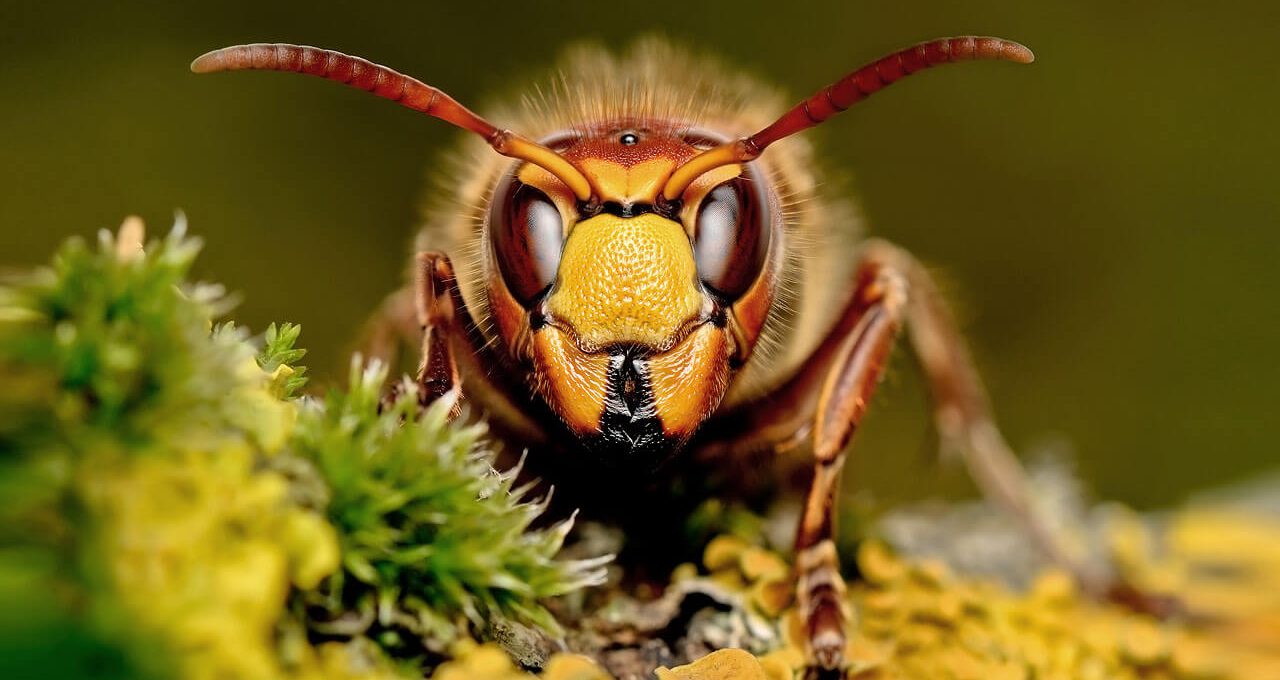












Оставить Комментарий